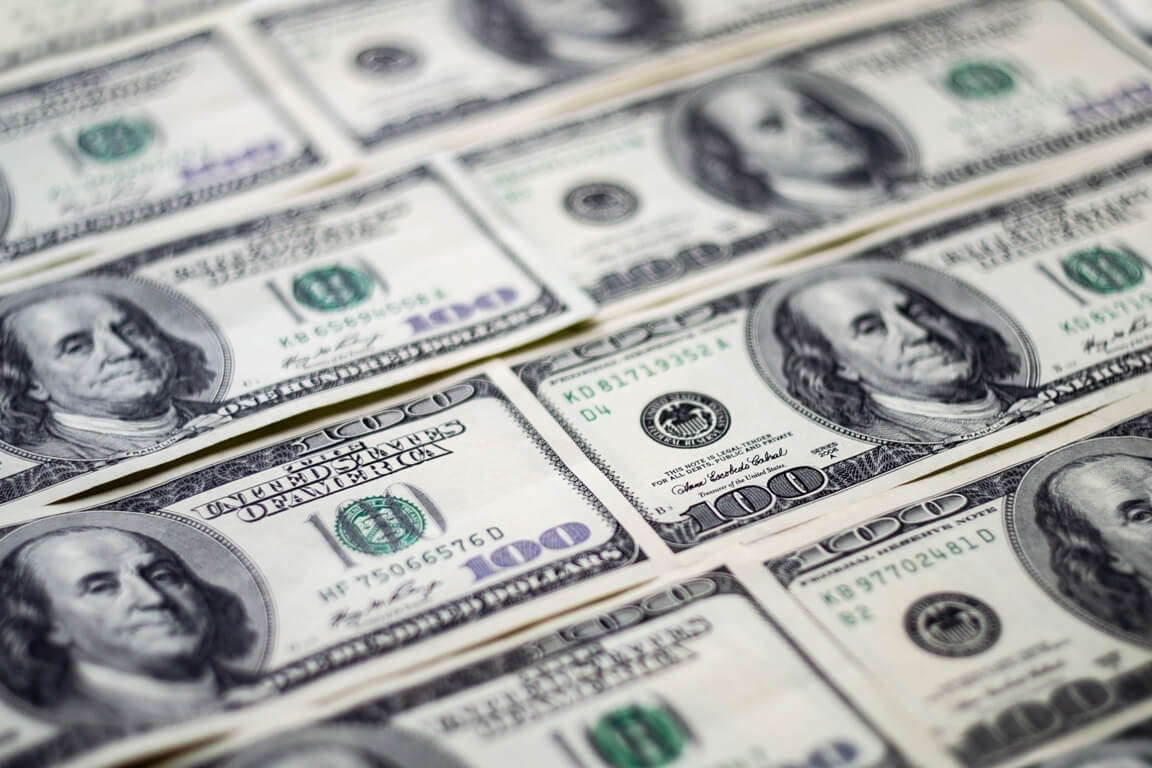
Dollar eyes its best week as Fed surprised markets
On Friday, the U.S. dollar was headed for its best week in almost nine months. Meanwhile, rival currencies were struggling to shake the pressure exerted by the Fed’s sudden hawkish shift in tone.
The much-anticipated meeting of the Fed has spurred a sell-off in equities after it moved up its timeline for interest rate hikes, expecting two rises in 2023.
The euro and the Japanese yen failed to recoup losses of the last two days. The Federal Reserve surprised markets by signalling it would raise interest rates and end emergency bond-buying sooner than anticipated.
The euro fluctuated around $1.19 against the dollar and was on course for its worse week since October.
With a dovish ECB seemingly far behind the Fed in the monetary policy cycle, traders will be reluctant to buy euros against dollars.
Commerzbank strategist announced that the U.S. central bank is one step ahead and, as a result, the dollar is likely to remain well supported against the euro.
Since the Fed meeting, the U.S. dollar index reached a more than two-month high of 92.010. Notably, it is on course for a 1.6% weekly gain, its largest since September.
At 0810 GMT, the U.S. dollar index was up 0.01% and traded at 91.887.
there may be some expectation that the U.S. dollar will see more support
Meanwhile, the dollar against the yen is also on track for 0.4%. This pair was traded at 110.02 per dollar after reaching an 11-week low of 110.82. Remarkably, it was little moved by the Bank of Japan keeping its main policy settings steady, as anticipated.
Moreover, risk-sensitive currency, the Australian dollar, hit $0.7508, the lowest since December.
Meanwhile, the New Zealand dollar declined to its weakest since April. It was traded at $0.6982, defying surprising reports on Australian jobs and New Zealand growth this week.
The British pound dropped by 0.24% to $1.3894 and was headed for a weekly loss of 1.5%.
The Fed’s more hawkish projections on rates follows data that shows inflation soaring beyond the central bank’s target rate of 2%. The headline Consumer Price Index hit 5% in May. Meanwhile, headline Personal Consumption Expenditures – the Fed’s favored gauge of inflation – reached 3% in May.
According to Kerry Craig, global market strategist at JPMorgan Asset Management, there may be some expectation that the greenback will see more support on the back of a higher rates outlook.
-
Support
-
Platform
-
Spread
-
Trading Instrument




